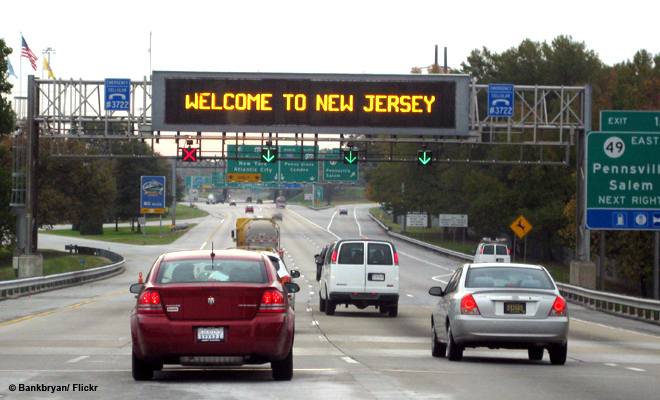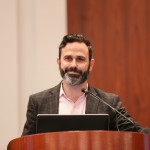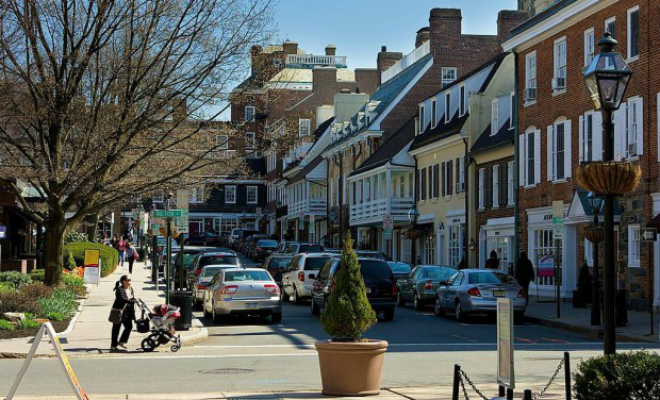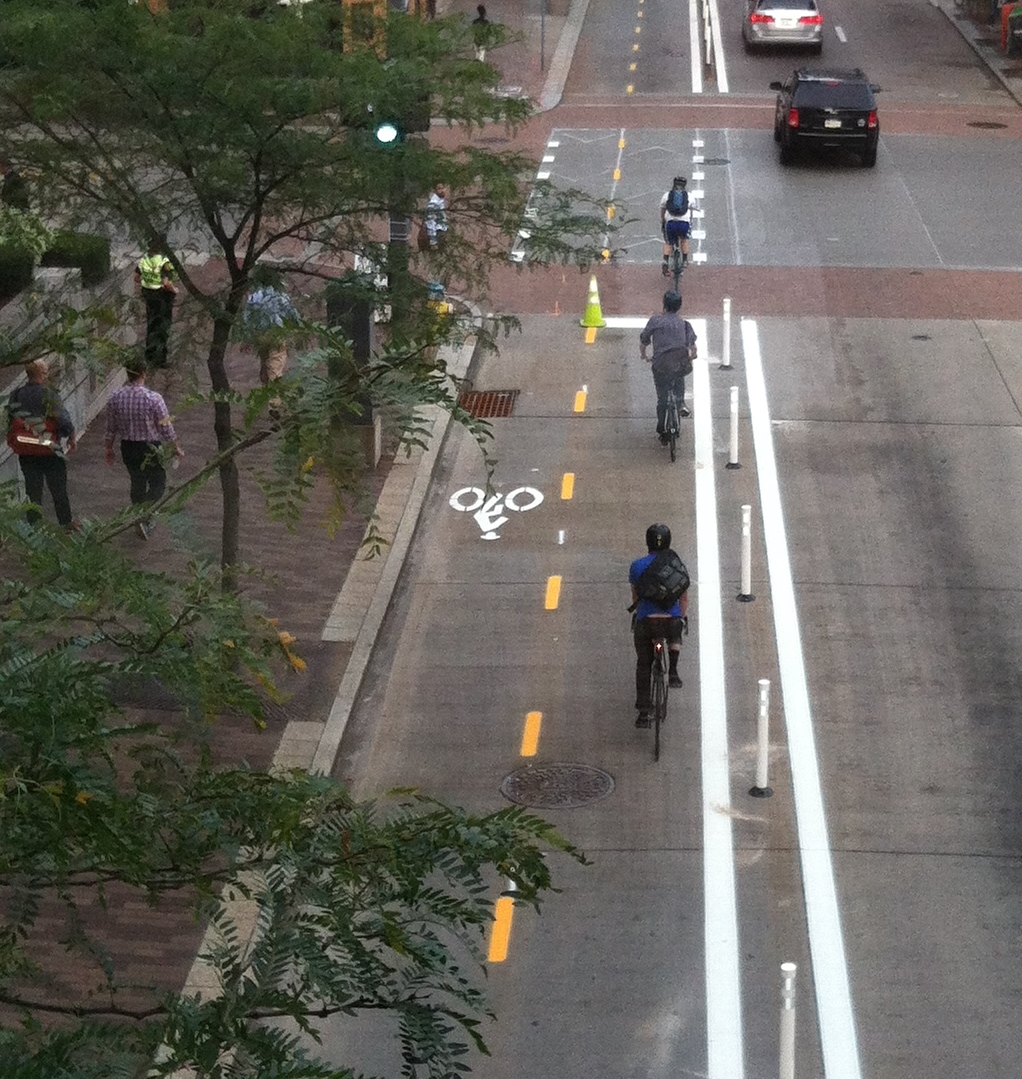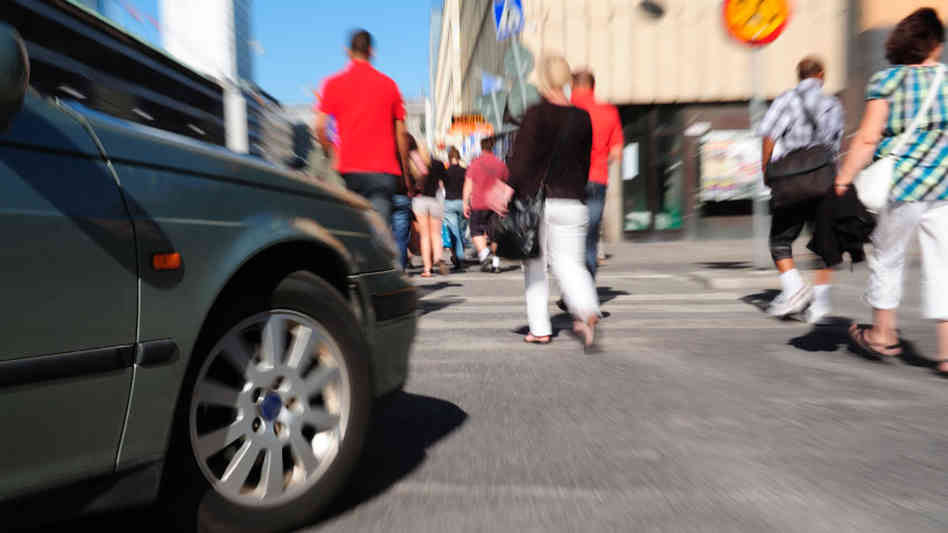New Jersey Future Blog
The Transportation-Emissions Reduction Strategy No One’s Talking About
October 8th, 2018 by Tim Evans
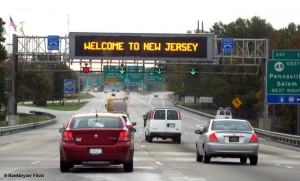 Transportation is clearly an emissions and energy-use issue; moving people and goods from one place to another requires energy, which in turn generates emissions. In fact, the transportation sector is now the biggest contributor to New Jersey’s greenhouse gas emissions. In recognition of this fact, the Board of Public Utilities recently conducted a stakeholder meeting on “Clean and Reliable Transportation” as part of its effort to update the state’s Energy Master Plan.
Transportation is clearly an emissions and energy-use issue; moving people and goods from one place to another requires energy, which in turn generates emissions. In fact, the transportation sector is now the biggest contributor to New Jersey’s greenhouse gas emissions. In recognition of this fact, the Board of Public Utilities recently conducted a stakeholder meeting on “Clean and Reliable Transportation” as part of its effort to update the state’s Energy Master Plan.
Most speakers at the meeting focused on various ways of making the transportation sector cleaner, citing the need to promote greater use of alternative-fuel vehicles, and particularly electric vehicles. But clean vehicles and clean fuels are only one half of the equation.
It is helpful to express total emissions from the transportation sector as a mathematical product of two terms: total emissions = emissions per mile x total miles traveled. Electric vehicles and cleaner fuels reduce the emissions-per-mile component of this equation, but if we’re not careful, these improvements can be undermined if the other factor in the equation – total miles traveled – keeps increasing.
The number of miles people drive is a direct function of where and how we build things – that is, our decisions about where we put homes, offices, stores, etc. have profound effects on travel behavior. If we build things close together, people don’t need to travel far to get from one activity to another. Conversely, if we build things farther apart, with different types of destinations separated from each other, people have to travel farther among their desired destinations.
For example, in Hudson County — New Jersey’s most densely-populated county, where people can walk, bike, take public transit, or drive only short distances among various destinations — the average person drives only 8.8 miles per day. In contrast, average miles driven per day per person is five times that amount — 44.2 miles — in Hunterdon County, which has a much lower population density and where development is spread out and mostly car-dependent.
Because land-development patterns affect transportation emissions as surely as do vehicle and fuel technologies, New Jersey Future’s recommendations for the BPU focused on ways that state agencies can discourage the spread of low-density, car-dependent development and instead foster compact, walkable, mixed-use centers, especially near transit, thereby reducing the distances people need to travel.
For more on how land development patterns affect travel behavior, and the benefits of more compact, walkable communities, read New Jersey Future’s comments to the Board of Public Utilities on Clean and Reliable Transportation.

